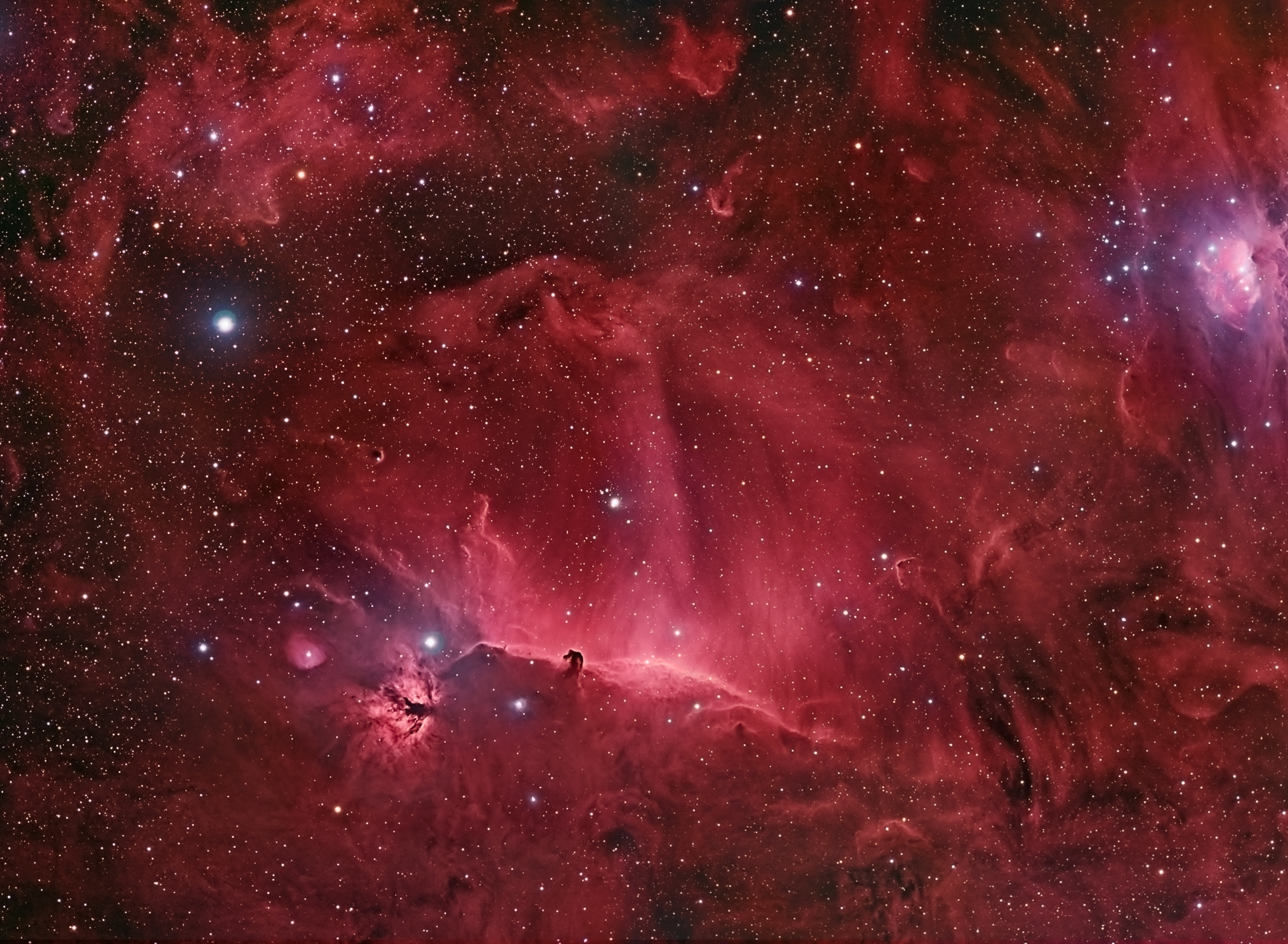Every Fall, the royalty of the sky rises in the north-east
and showcases a very fine part of the sky that includes the outer reaches of
the band of the Milky Way, a galactic treasure, and a few easy-to-spot patterns
that are easily visible in the night sky.
 |
| The Royal Sky |
The trio includes Cepheus (the King), Cassiopeia (the Queen),
and Andromeda (the Princess). In the early evenings this time of year, they are
in a line from nearly due North toward due East, and the middle of these three
constellations is quite bright and easy to locate in the sky. Over the course
of the evening, they gradually shift position, spiraling out from the north
circumpolar region of the sky toward the zenith, following closely the Great Square of Pegasus (of which Andromeda shares a corner star, Alpheratz).
I enjoy looking at this region through binoculars, with the
outer reaches of the Milky Way visible in and around Cassiopeia, and of course
the treasure of this part of the sky, the Andromeda Galaxy (M31). Take some time to enjoy this royal corner of the night sky, brimming with discoveries small and large.
Image courtesy of Sky Safari.





